The RMS Titanic changed the world on a fateful and frigid April night in 1912. Stories from the surviving passengers and crew have continued to fascinate history lovers for more than a century since the “unsinkable” ship sank.
These artifacts recovered from the wreck of the Titanic reveal awe-inspiring survivor tales of bravery, loss, and liqueur (yes, you read that right!)
Unsinkable Ship, Unthinkable Disaster
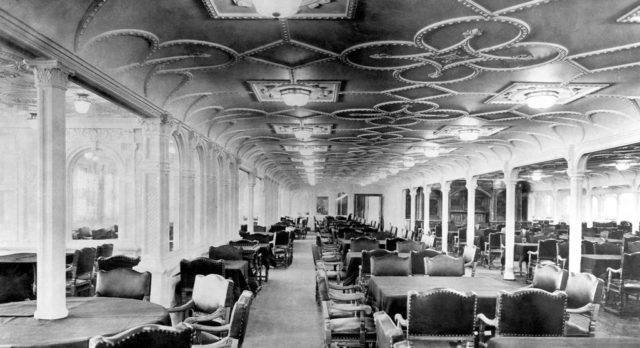
On April 10, 1912, the RMS Titanic set sail on her maiden voyage from Southampton, England to New York City with 2,208 souls on board. At 882 feet long, the Titanic was one of the largest British luxury liners to enter the booming transatlantic passenger trade – complete with four elevators, an opulent first-class dining saloon, and a swimming pool.
One year before her maiden voyage Titanic was advertised as so safe, “God himself could not sink this ship!”. Little did the ship’s owner, White Star Line, know that within a matter of months the world’s first “unsinkable” ship would become the world’s most renowned naval disaster.
On the evening of April 14, 1912, the Titanic’s hull was torn open by an iceberg. Around 2 am on April 15, the Titanic sank to the bottom of the Atlantic – taking the lives of 1,496 passengers and crew with her.
Many of the 712 passengers to survive the sinking boarded the Titanic with hopes for a better future in America. These Titanic artifacts give new light to these stories of survival.
Charles Joughin
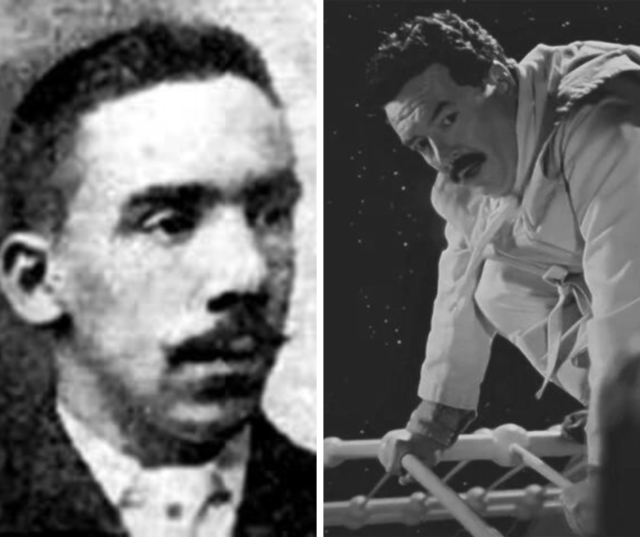
Think back to the last time you saw James Cameron’s 1997 film Titanic. We bet you remember watching Jack drawing Rose “like one of your French girls” or pondering if there really was only room for one person on that raft.
You might also recall a man dressed in all white clinging to the stern of the ship beside Jack and Rose as the Titanic sinks into the ocean. This man was Charles Joughin, the head baker of the Titanic.
On the night of April 14, Joughin was woken from his bed by the ship’s hull clashing with the iceberg. As the sinking was underway, Joughin helped by throwing countless wooden deck chairs overboard for survivors in the water to cling to.
Joughin claimed to be one of the last people to enter the water as the Titanic sank, riding the stern of the ship down into the water “like an elevator.” In his own words, Joughin’s hair “may have been wetted, but no more.”
He then managed to tread water for two hours while “hardly feeling cold” before being rescued by the RMS Carpathia without so much as a scratch. His secret to survival? Just a “drop of liqueur”! Supposedly, the baker had consumed so much alcohol throughout the night that his high blood-alcohol content kept him safe from feeling the effects of hypothermia.
Eva Hart
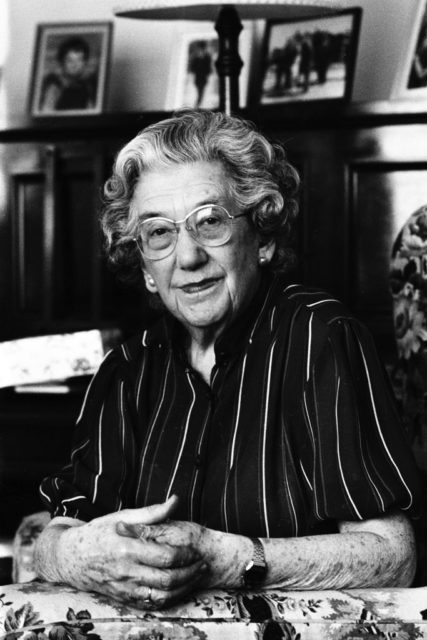
Eva Hart was seven years old when she boarded the Titanic in Southampton with her parents as second-class passengers. Eva’s mother Esther Bloomfield claimed she feared a catastrophe would hit the ship. In Eva’s words, her mother “said to my father that she had made up her mind quite firmly that she would not go to bed in that ship, she would sit up at night…”.
When the ship was struck, Eva was awoken by her father Benjamin Hart. He wrapped her in a blanket and placed Eva and her mother in a lifeboat and told her to “hold mummy’s hand and be a good girl.” It would be the last time Eva saw her father. His body was never recovered.
In a 1993 interview, Eva recounted some of her experiences: “The worst thing I can remember are the screams… It seemed as if once everybody had gone, drowned, finished, the whole world was standing still”.
Eva became one of the most outspoken survivors of the tragedy, criticizing White Star Line for its lack of lifeboats on board. When the wreckage of the Titanic was discovered in 1985, Eva insisted the site be treated with the same respect as a graveyard. She was especially resentful of the “insensitivity and greed” at the discovery, calling those responsible “fortune hunters, vultures, pirates, and grave robbers.” The letter above was written by Esther and Eva Hart eight hours before the sinking.
Margaret Brown
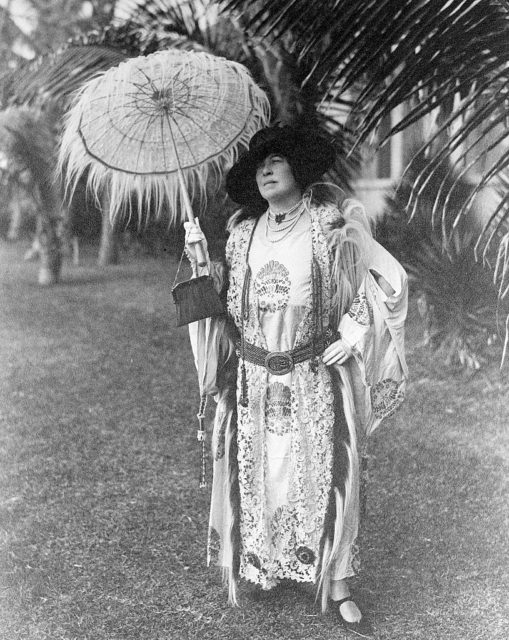
Margaret Tobin Brown, also known as “The Unsinkable Molly Brown” boarded the Titanic unexpectantly. Brown and her daughter Helen were staying with American business tycoon John Jacob Astor in Cario, Egypt when she was informed her first grandchild was ill. Brown hastily purchased a ticket heading to New York aboard the Titanic. Astor also boarded the Titanic but did not survive the sinking.
When the ship struck the iceberg, Brown helped passengers into lifeboats until she was forced to board Lifeboat No. 6. Once she was rescued by the HMS Carpathia, Brown went straight to work helping survivors and soon established the Survivor’s Committee, raising $10,000 for survivors in need.
Margaret Brown was also a life-long advocate for women’s rights and suffrage. She was the first woman in the United States to run for political office – eight years before women had the right to vote. She continued to advocate for Titanic survivors as chair of the Survivor’s Committee while also helping to fund the Titanic memorial in Washington, D. C., and placing wreaths at the graves of Titanic victims buried in Halifax, Nova Scotia.
Rhoda Mary “Rosa” Abbott
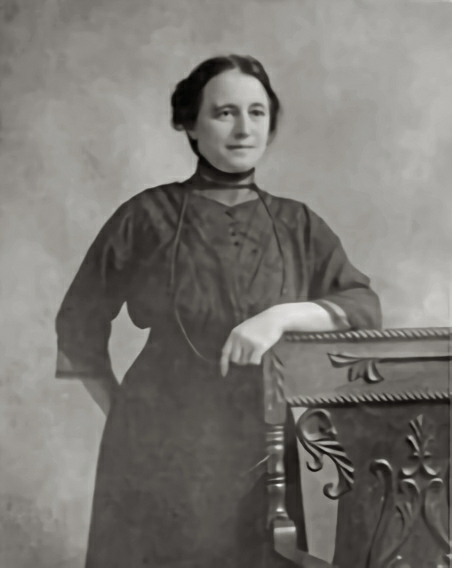
Rhoda Mary or Rosa Abbott boarded the Titanic with three third-class tickets for herself and her two sons: Rossmore, 16, and Eugene, 13. The family was returning home to Providence, Rhode Island after living abroad in England for one year.
Abbott and her sons stayed aboard the Titanic until the ship had nearly sunk before the three of them jumped from the ship onto one of the collapsible lifeboats. Rhoda Abbott was able to make the jump, but both of her boys were lost at sea. Rossmore’s body was later recovered, while Eugene’s body was never identified.
Michel and Edmond Navratil – The “Titanic Orphans”
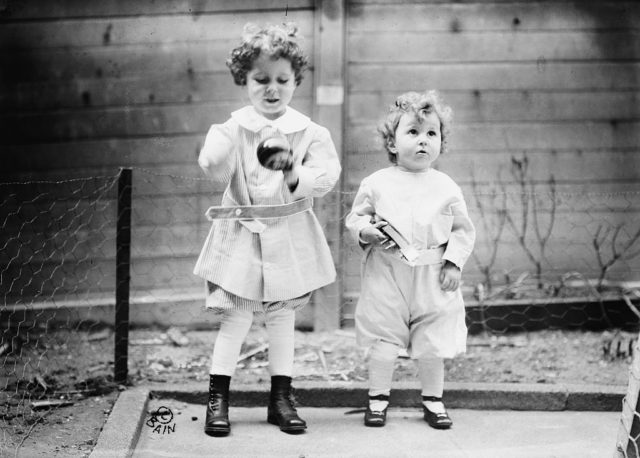
Brothers Michel and Edmond Navratil boarded the Titanic with their father Michel Navratil Sr., who had stolen the boys from their mother and his estranged wife. They were traveling under the surname Hoffman.
Just four years old at the time of the sinking, Michel remembered the feeling of “total and utter wellbeing” while onboard the “magnificent ship.” On the evening of April 14, the boys’ father dressed them in warm clothes and placed them on a lifeboat. He told Michel, “My child, when your mother comes for you, as she surely will, tell her that I loved her dearly and still do. Tell her I expected her to follow us, so that we might all live happily together in the peace and freedom of the New World.” Michel Navratil Sr. perished in the sinking.
Once rescued by the RMS Carpathia, the boys were dubbed the “Titanic Orphans” as they were some of the only children to be rescued without their parent(s). Their picture was posted in newspapers in North America and Europe, where their mother Marcelle Navratil recognized them and traveled to New York to bring them home to France.
Ruth Becker
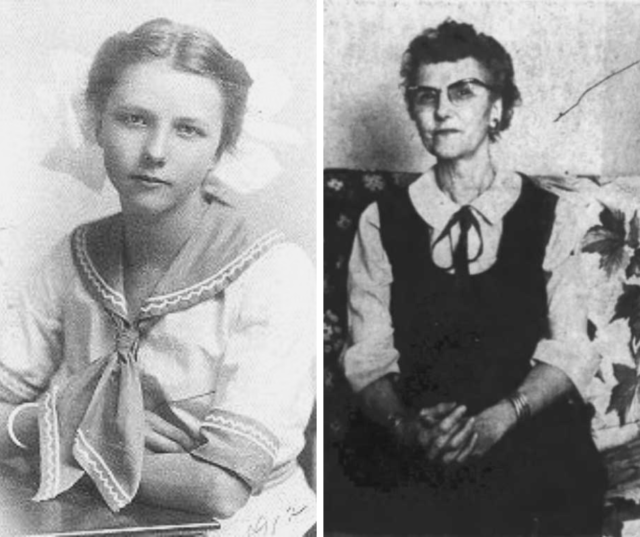
Ruth Elizabeth Becker was traveling to the USA aboard the Titanic with her mother Nellie Becker and three siblings. Ruth was born to Allen Oliver Becker, a Lutheran missionary stationed in India. When one of Becker’s siblings fell ill, the family was encouraged to return home to the United States for a better chance of a full recovery.
The night of the sinking, Mrs. Becker gathered her three children to wait for a lifeboat. Mrs. Becker was worried about how cold it was and asked her oldest daughter Ruth to run back to their cabin for extra blankets.
Before Ruth returned her mother and siblings were thrown into a lifeboat, her mother yelled for Ruth to get on a different lifeboat all alone. She recalls watching the Titanic’s final moments from the lifeboat, staring in horror at the people jumping into the ocean.
More from us: The First ‘Titanic’ Film Was Released Just 31 Days After the Ship Sank
Ruth, her mother, and her siblings all survived the sinking. Their father joined them in America one year later. Ruth refused to talk about her experience on the Titanic until later in her life. She passed away in 1990 at the age of 90, and her ashes were scattered above the same spot as the Titanic’s final resting place.
